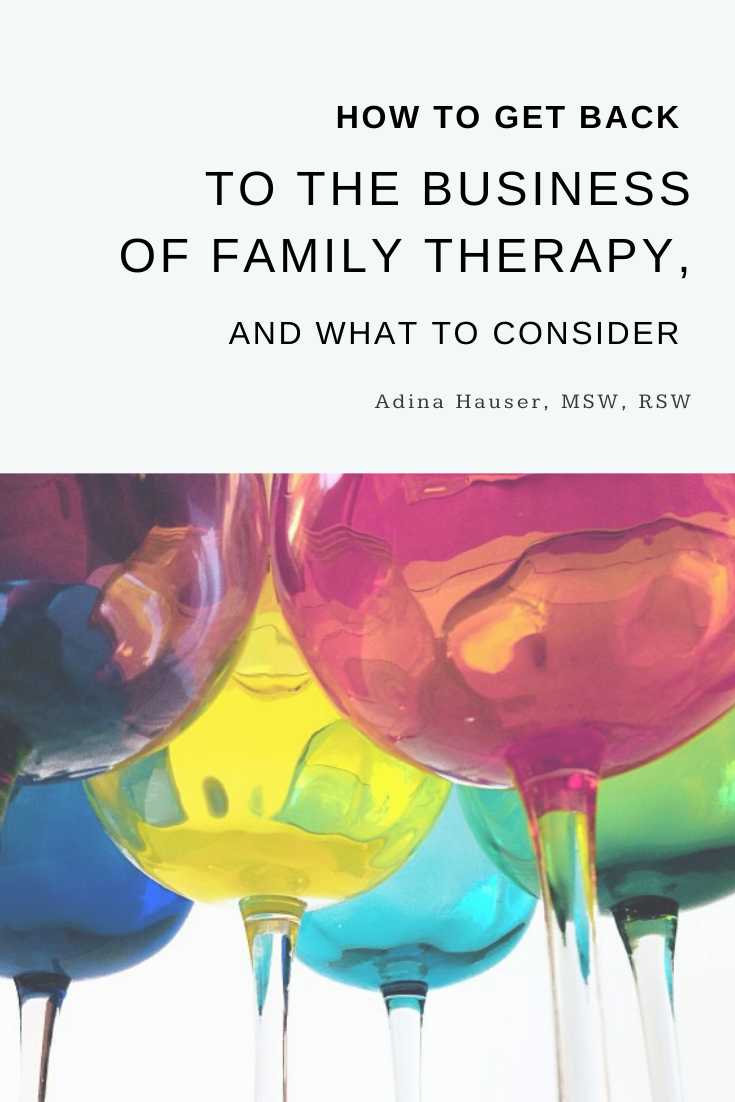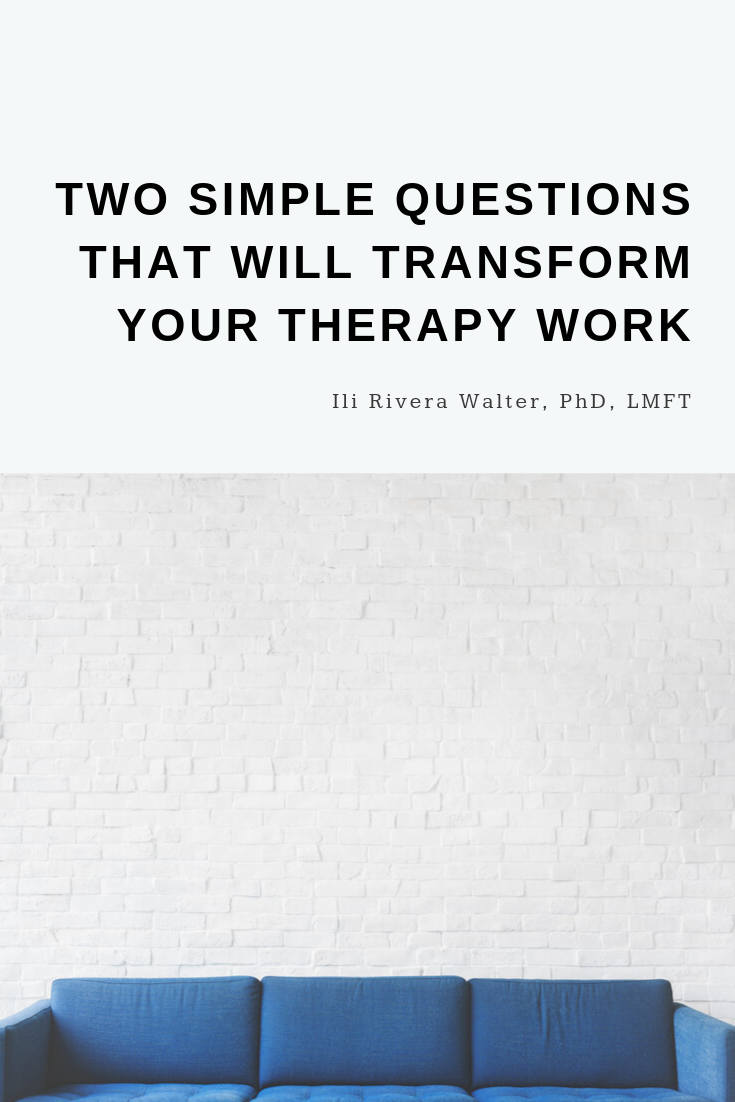*This article was originally published on August 15, 2017, and was updated on September 21, 2023.
“Stuckness” is part of our work as therapists. It can be frustrating and confusing to suddenly find ourselves stuck when previously, our client was showing progress. In this post, I cover several approaches to helping therapists, and clients, get “unstuck.”
Caution: Avoid the blame game
First, a warning. Like in life, when we’re frustrated in our attempts, a reaction readily available to us is that of blame. I caution, during this experience, against blaming the client. A common term used to describe a client’s halt in progress is “resistance.” While this term is useful for inviting therapists to explore barriers to change the client may be encountering, it should not be used as a reason to “give up” on clients in the form of termination or referral. These should come only as a result of therapists thoroughly evaluating their contribution to the stuckness.
How to Get Unstuck
1 | The Clarity Approach
After working with a client for a significant amount of time, it’s common to feel stuck. Typically, this is a result of the client reaching initial goals and both therapist and client needing clarity on how to move forward. Answering two questions, especially if a larger system has contributed to the client’s treatment (e.g., parents, school personnel, etc.), can bring clarity. Answer, in detail:
Who is the client?
What is the goal?
2 | The Evaluation Approach
Perhaps, in order to foster further progress, it’s necessary to review what the client has already accomplished. Consider:
What changes has the client made as a result of therapy?
What is the client doing that is consistent with his/her initial goals?
It’s possible that the current pause in progress is simply a result of needing new goals. If this is the case, evaluating can lead you to review progress with your client as well as develop new, collaborative goals.
3 | The Transparent Approach
Bring your “stuckness” to the client. While you may view the current stall as the client’s responsibility, it’s important to genuinely take responsibility for your feelings, from an "I" position. When communicating with the client, speak only about what you are experiencing, as well as what you’ve been considering. For example:
“I’ve been feeling a bit stuck in our work together. I must admit, I’m not sure how to move forward. We’ve accomplished x, y, z, and I see that you’ve (state changes) . . . I wonder, how might you want to move forward?”
Wait for the client’s response.
The purpose of transparency is to collaboratively face the stuckness, and also allow the client to decide next steps.
4 | The Presence Approach
Your client may be settling into a new normal as a result of making significant, or consistent, changes. They may also be going through a life-altering experience (as in the case of divorce, loss, or trauma). If either is the case, more change, even seemingly insignificant gestures, could feel threatening to the client. This is a time to accept where the client is, and be with them in the midst of their struggle. Therapeutic conversations can center on deepening clients’ expressions of their experience--allowing them to go into the details; or, in contrast, providing a safe haven for a time, where clients can express themselves in ways other than talking, such as with play or art therapy techniques. These can allow clients to experience the now, while orienting the therapist to a new process, without a traditional goal.
5 | The Theory Approach
If you’re following a theoretical model, consult the theory. Review how you have moved through the theory’s steps and interventions, and consider where you are in the theoretical process. The theory will show you what to do next.
If you use an integrative theory, or an eclectic approach, create an intervention timeline, and reflect on a logical next step. It may also be useful to ponder what therapeutic steps you may have taken at a similar stage in therapy with a different client.
6 | The Self-of-the-Therapist Approach
With this approach, you consider your possible contribution to the stuckness, by reflecting on what you could be bringing into the therapeutic process with this client. These questions can help you begin your reflection:
Is your reaction to the stuckness related to anything triggering about the client and their presenting problem?
Could the client be facing something that is also present in your life that you have not yet addressed?
Is it possible you are experiencing feelings of inadequacy or ineffectiveness due to the stuckness, and this is affecting your approach, or your pace, with the client?
Are you going through a personal crisis, or general work dissatisfaction?
If you answered “yes,” to any of these questions, take the time to analyze how your experience is interacting with your work with this client. A consultation with a supervisor or therapist can provide clarity, accountability, as well as a way forward.
7 | The Feedback Approach
If you don’t ask for feedback regularly from clients, this is the time to have a feedback session. The stuckness could be a result of the client’s therapy experience. For example, the client may not be satisfied with therapy, may be losing their motivation for therapy, or may be considering termination. Taking the time to discuss these options with the client will give you a larger, and clearer, picture of dynamics that could be affecting therapeutic progress.
Ask your client:
How has therapy been helpful thus far?
What change have you been able to implement as a result of our work together?
As you consider our sessions, what conversations stick out as meaningful to you? What conversations have not been helpful?
Is there more you’d like to work on? If so, what goals do you have for this next stage of therapy? If not, how would you like to move forward? If relevant, introduce termination.
Summary
A lack of progress in therapy is the effect of a variety of factors. Oftentimes, evaluating and reflecting on past goals, client accomplishments, as well as therapist factors can allow for collaborative conversations that illuminate reasons for "stuckness" as well as options for next steps.
Let's Chat
Let me know in the comments below:
What approach do you take when feeling stuck with a client?
What questions do you have about the information in this article?












